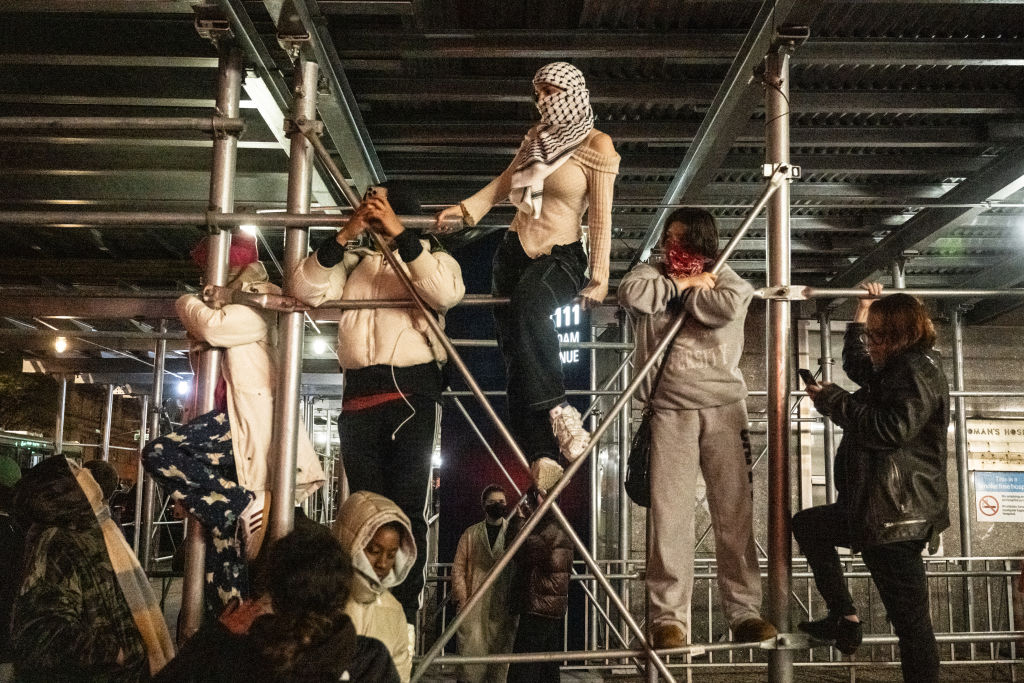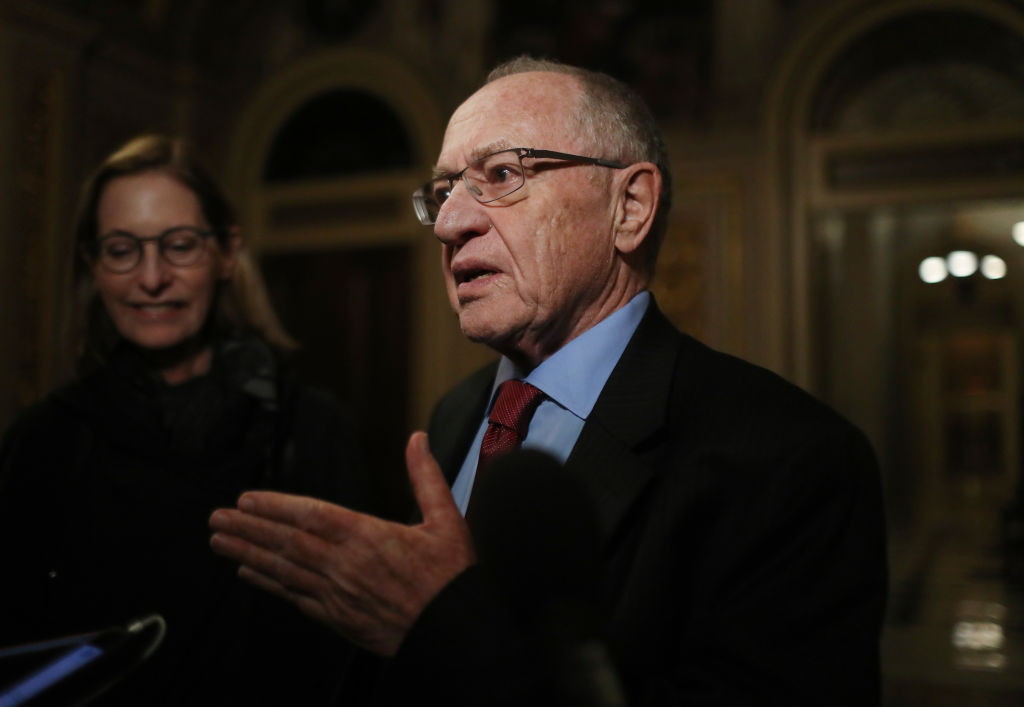A friend wrote me to ask, “Why is this mess happening on campus?” Here is my response.
Let me offer some thoughts, as a long-time professor, in hopes they spur your own.
Let’s begin with something apolitical: young people love expressions of group solidarity. Some protests are like football games, held conveniently in the spring when spirits soar. Let’s all join in, especially if it is costless virtue-signaling. And in the absence of any serious punishment, that’s what it is.
These demonstrations happen a lot more often when the weather is nice. It’s a lot easier to pitch tents on the quadrangle in April or October than in January and February. It’s a lot easier to sit on the Golden Gate Bridge, too.
;768:[300×250,336×280,320×100];0:[300×250,320×100,320×50]”]But why the hatred of Israel and so often of Jews? Why the support for Hamas, Iran and other organized terrorists — noxious groups and terrible regimes that are truly the face of evil?
A big part of the answer lies in the prevalent ideology on campus. For many years, the basic view has been the polar opposite of “might makes right”; instead it has become a given among elites that being poor and weak makes you “right” about your cause or claim. You don’t even have to be poor or weak. You can be granted that honorary status, even if you come from a prosperous family, simply by virtue of your claimed identity.
Sensible people ought to know what these students do not: being rich or poor, strong or weak has nothing to do with being “right.”
Still, the students who are protesting at the end of this spring semester claim this oppressed status. Many actually come from wealthy families, yet wrap themselves in the mantle — or keffiyeh — of the oppressed and claim to speak for billions.
Their proclamation carries weight because, for many students and lots of educated people under thirty, the world is divided into two groups: “the oppressed” and “the oppressors.” The ideology stems from Marxism, transformed by modern identity politics now that the “working class” has failed to perform the revolutionary duty Karl Marx assigned to it.
;768:[300×250,336×280,320×100];0:[300×250,320×100,320×50]”]In the world of identity politics, you are designated an oppressor if you are white and especially if you are a middle-class white. Asian Americans are increasingly placed in that category, too. None of them has done anything to oppress anyone. Neither have their parents. Mom may be a lawyer and Dad a small-business owner. They pay their taxes and obey the law. That’s it. Who did they oppress? On whose backs did they prosper?
In the world of identity politics, you are an oppressor if you are white, especially a middle-class white
Those are questions the demonstrators evade. The banal answer students are supposed to give to them depends entirely on their claimed identity in a world of divisive identity politics. If your identity stamps you an oppressor, your only chance at absolution is to make common cause with the “oppressed.”
This coalition, on campus and off, would break apart if its members tried to articulate positive goals (say, gay rights in Gaza), beyond vague hopes of socialist redistribution and, for some, revolutionary uprising.
Without strong common goals, hatred is the group’s only chance to remain together and take cohesive action. At the top of the list are the old standbys, Israel and the United States. For the hard left, those two countries are effectively “the little Satan” and “the great Satan,” that the Iranian mullahs have called them since 1979.
In this toxic ideological stew, Israel is depicted as a European colonial outpost that has no business in the region. That’s the point of the chant, “From the River to the Sea.” It means the Jewish state should be wiped off the map, what was once called “the final solution.” Some of those chanting the slogan don’t know what it means, but the leaders certainly do.
;768:[300×250,336×280,320×100];0:[300×250,320×100,320×50]”]Israel can be described by all the adjectives hated by the ideological left. It is capitalist, increasingly prosperous, religious (to some, the wrong religion), a nation-state, militarily strong and resolute in protecting its people (Jewish, Christian and Muslim) against violent attacks. The hard left is built around staunch opposition to all those attributes.
Who supports the campus demonstrations, aside from the students? It’s a mixed bunch: ideologically motivated teachers, wealthy leftists, foreign opponents of Israel, foreign enemies of the US who hope to foster chaos in America and Europe and some professional organizers and agitators.
Mid-level administrators are at least as far left as the faculty in the humanities and social sciences
They have been central players in organizing the large public demonstrations that shut down bridges and highways in major cities. But they are probably not the driving forces behind campus demonstrations. (We will gradually learn more about the role played by each group.) The driving force, at least among students, is the very strong ideological tilt that now characterizes so many educational institutions, beginning in middle school and becoming more intense and pervasive in college.
University administrators have permitted, indeed encouraged, this ideological tilt with bad appointments to the faculty and administration. (Mid-level administrators are at least as far left as the faculty in the humanities and social sciences.) Worse, universities have consistently refused to discipline students who violate the university’s rules and trample the rights of fellow students. That weakness naturally encourages more bad behavior.
With these massive disruptions on campus and on city streets, we may be reaching a reckoning. The public can see what is happening, and they don’t like it one bit. Even worse, they have simultaneously been presented with a huge bill to pay off student loans — loans other people undertook and promised to repay. The public is also discovering that many of the borrowers have higher incomes than the taxpayers saddled with the bill. Finally, they have seen university presidents with no good answers to legitimate questions, posed in congressional hearings, about the deteriorating conditions on campus and rising antisemitism there.
That’s at least the start of an explanation.
;768:[300×250,336×280,320×100];0:[300×250,320×100,320×50]”]

























Leave a Reply